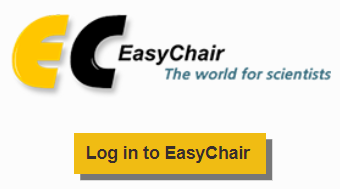Technical Track
– Innovation and Development
– Applied Technologies
– Smart Cities and Industries
– Tics for education
Humanistic Track
– Economics and Management
– Quality management
– Economic Models
– Business Administration
Guidelines
– All papers submitted to the congress must comply with the characteristics of a scientific research:
– Be original, unpublished and relevant.
– Address issues that respond to current problems and needs.
– Contribute to the development of scientific knowledge related to thematic lines.
– Use appropriate, clear, precise and understandable language.
– Not have been published in any media, nor be in the process of refereeing or publication.
– Submissions should not be written to promote a particular product, service or company, but rather to provide valuable information on techniques. Submissions written for commercial or private gain will not be accepted.
Authors should consider the following requirements:
Paper format
Papers should be formatted according to the format of the RED Journals indexed in Latindex Catalog 2.0 and should be between 10 and 20 pages (including figures and references).
Download template here
Title
Should be expressed in 15 words that describe the content of the article clearly, accurately and concisely. It must be in initial capital letter and lowercase bold and centered.
Authors
We suggest 4 authors and include the institution or institutions of origin of each author, as well as the city, country, and we suggest ORCID number of each author (do not use abbreviations of the institution, use full name).
Under authors place Address for correspondence.




